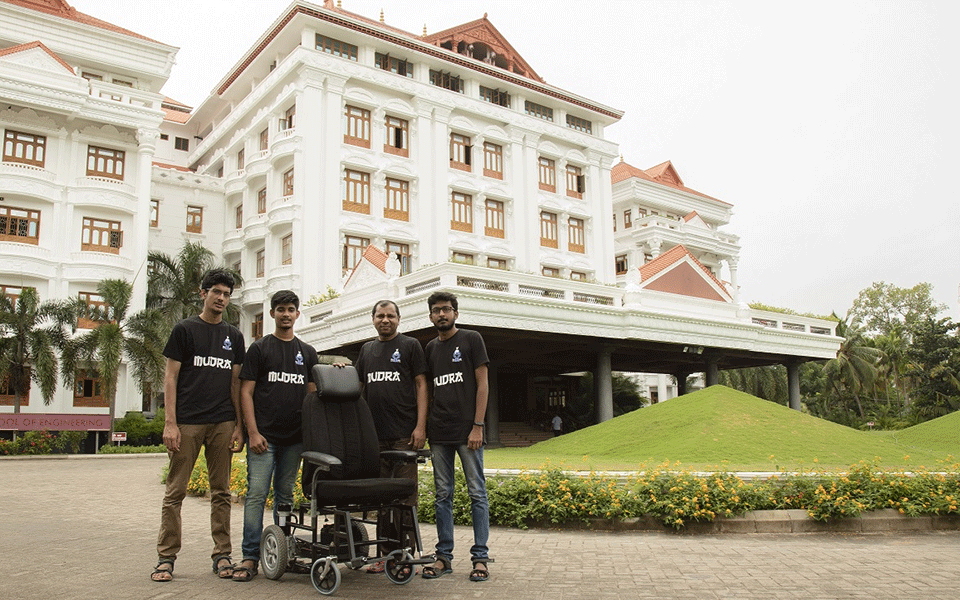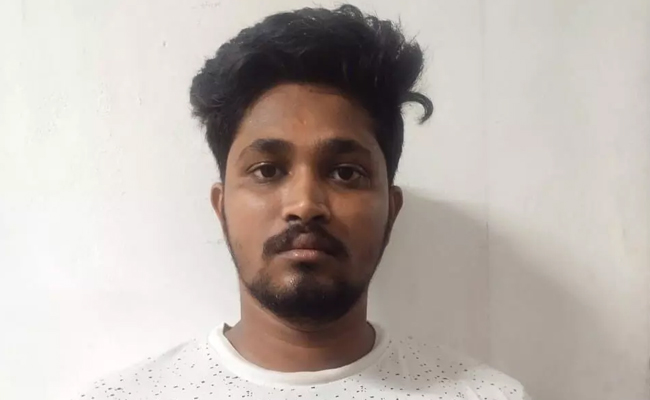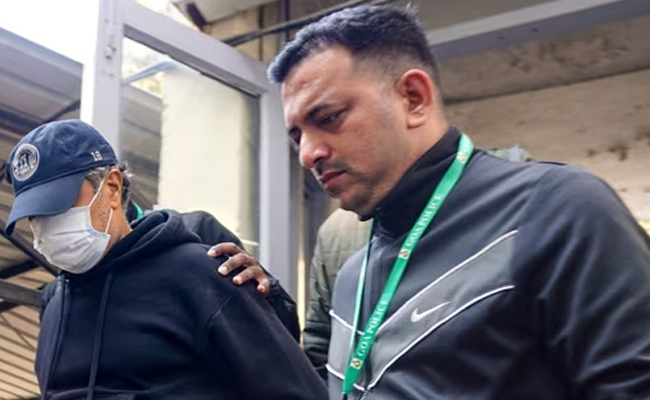Coimbatore, July 4: Student researchers from the Amrita Vishwa Vidyapeetham here, have developed a low-cost self-driving wheelchair that works on Robotic Operating System (ROS) and can be navigated using a smartphone app.
Named "Self-E", the revolutionary wheelchair uses ROS to create a map of the surrounding space, along with static and dynamic obstacles, using a laser sensor and displays it through a smartphone app.
The user can then touch any point on the generated map and the wheelchair will drive to that place automatically without user intervention.
"The unique Self-E self-driving wheelchair now needs to be tested in different environments like hospitals and airports with patients and wheelchair users. We hope to commercialize the product," said Rajesh Kannan Megalingam, Assistant Professor at the varsity.
Self-E works by mapping the surrounding environment, including dynamic and static obstacles such as people, walls, pillars, tables, chairs, etc. using a laser sensor called LiDAR.
The map is automatically loaded onto an Android smartphone or tablet through a specially developed app.
Self-E's autonomous operation allows users to relax and sip a cup of coffee, read a newspaper or chat with friends as the wheelchair takes them to the desired destination point on its own.
"Users can have complete control over the wheelchair without anyone's help. On the other hand, if some patients have a problem in using a smartphone, a friend or family member or assistant can use the Android app to transport them without the need to physically push the wheelchair." said Chinta Ravi Teja, a student at the varsity.
Teja, along with Sarath Sreekanth and Akhil Raj have developed the Self-E wheelchair.

Let the Truth be known. If you read VB and like VB, please be a VB Supporter and Help us deliver the Truth to one and all.
Bajpe: Police have arrested a youth for allegedly posting derogatory and defamatory content against the Bajpe police on social media.
The arrested accused has been identified as Abhishek M. (23), a resident of Katipalla, Surathkal.
According to the police, Abhishek posted a photograph of Bajpe Nisarga Hotel on his Instagram account mr_a_titude_22, alleging that accused persons in a murder case under the jurisdiction of the Bajpe police station were being treated “like royalty” by the police and were being served beef meals from the hotel every day. In his post, he further accused the police of colluding with criminals and misusing their authority, stating that public trust in the police was being betrayed.
Following which, the Bajpe police registered a case and arrested the accused.
Police records reveal that Abhishek is already facing multiple criminal cases. A case of murder, attempt to murder, assault and robbery has been registered against him at the Surathkal police station. At the same time, a robbery case has also been registered at the Kaup police station.
After his arrest, Abhishek was handed over to the custody of the CEN police for further investigation. He was later produced before a court, police said.





